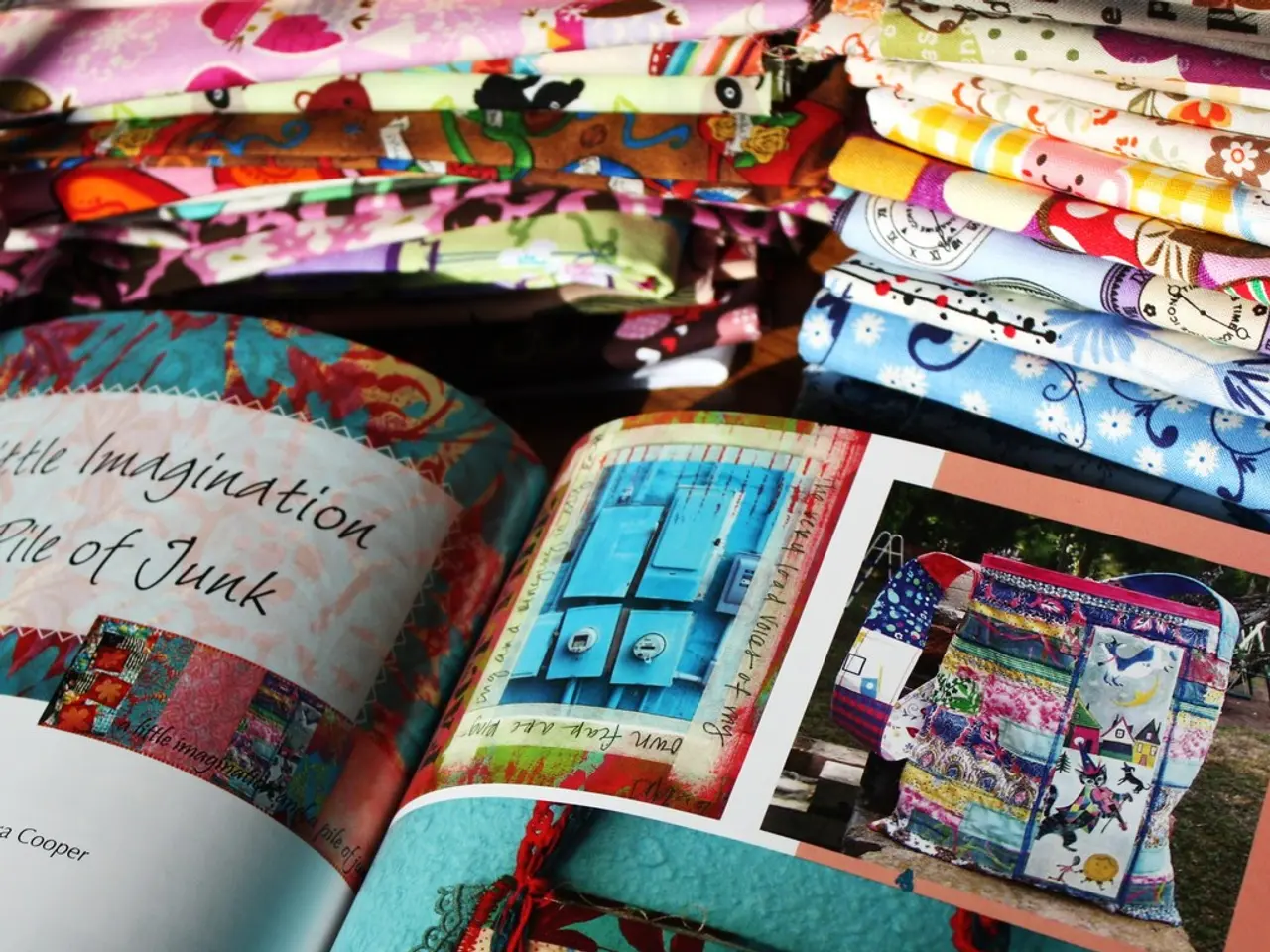The Impact of Childhood on Romantic Relationships: The Emotional Template Hidden Within You
In the intricate tapestry of human relationships, our early experiences play a pivotal role in shaping our emotional behavior in romantic relationships. This article explores the concept of attachment styles, a fundamental concept proposed by psychologist John Bowlby and expanded by Mary Ainsworth, which explains how our childhood experiences can influence our romantic relationships as adults.
Those who were valued and seen as children are more likely to set boundaries and walk away from unhealthy situations. They tend to have secure attachment styles, arising from consistently responsive caregivers. Conversely, inconsistent, neglectful, or frightening caregiving leads to insecure attachment styles, which influence adult romantic behaviors in distinct ways.
Securely attached people, who were raised in nurturing, consistent, emotionally attuned environments, tend to trust their partners, set and respect boundaries, communicate openly, handle conflict with maturity, and thrive in both closeness and independence.
On the other hand, anxious attachment emerges from unpredictably available caregivers. Adults often become preoccupied with their partner’s availability, crave reassurance, and fear abandonment, which can result in heightened sensitivity to relationship dynamics and possessiveness.
Avoidant attachment develops when caregivers were emotionally unavailable or rejecting. Adults with this style tend to suppress or hide emotional needs, prize independence, and avoid vulnerability or deeper intimacy.
Disorganized (fearful-avoidant) attachment stems from caregivers who were both a source of comfort and fear (e.g., abuse or trauma). This leads to contradictory behaviors—simultaneously craving closeness and fearing it—resulting in emotional confusion, abrupt withdrawal, difficulty trusting, and challenges with commitment.
Childhood trauma such as neglect, abuse, or instability deepens insecure attachment patterns, often imprinting maladaptive beliefs like "I'm unlovable" or "people always leave me," which continue to influence emotional behavior in adulthood. Emotional regulation challenges in relationships often arise from these early attachment experiences, affecting communication, trust, and conflict resolution with romantic partners.
While early attachment influences adult patterns, individuals can develop adaptive strategies or shift toward security through insight, therapy, and healthy relationship experiences. It's essential to understand your attachment style to recognize why you behave the way you do, break the cycle of reacting on autopilot, and choose partners and behaviors that support healing.
Seek Secure Relationships—or build one. Two people with insecure styles can create a secure dynamic, but it takes conscious effort, therapy, and patience. Remember, your childhood shapes you, but you are not trapped by it. Your brain is neuroplastic, your heart is resilient, and healing is always possible. You are not your wounds. You are the love you're still capable of giving—and receiving.
[1] Bowlby, J. (1969). Attachment and Loss: Vol. 1. Attachment. Basic Books. [2] Ainsworth, M. D. S., Blehar, M. C., Waters, E., & Wall, S. (1978). Patterns of Attachment: A Psychological Study of the Strange Situation. Hillsdale, NJ: Lawrence Erlbaum Associates. [3] Main, M., & Solomon, J. (1990). The development of secure and insecure attachments: Early research and current perspectives. Psychology of the Developing Child, 2(4), 503-516. [4] Cassidy, J., & Shaver, P. R. (1999). Handbook of Attachment: Theory, Research, and Clinical Applications. Guilford Press. [5] Levy, K. N., & Heller, T. (2010). Attachment in Adulthood: Structure, Dynamics, and Change. Guilford Press.
- Understanding one's attachment style, as proposed by John Bowlby and Mary Ainsworth, can provide insight into how childhood experiences may affect emotional behavior in adult romantic relationships, such as trust, boundary setting, and conflict resolution.
- Inconsistency, neglect, or fear in childhood caregiving often leads to insecure attachment styles, which can manifest in adult behaviors like anxiety, avoidance, disorganization, and challenges with trust and commitment in romantic relationships.
- Seeking or building secure relationships, founded on nurturing, consistent, emotionally attuned environments, can help individuals break the cycle of maladaptive behaviors stemming from early attachment experiences, promoting personal growth, emotional regulation, and overall health in relationships.




